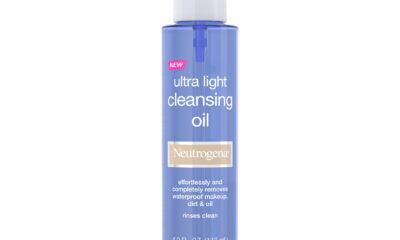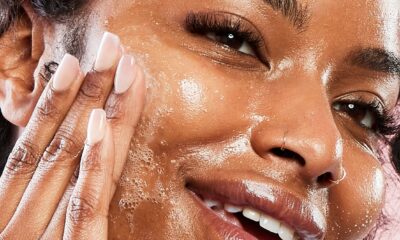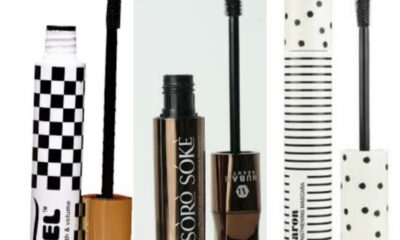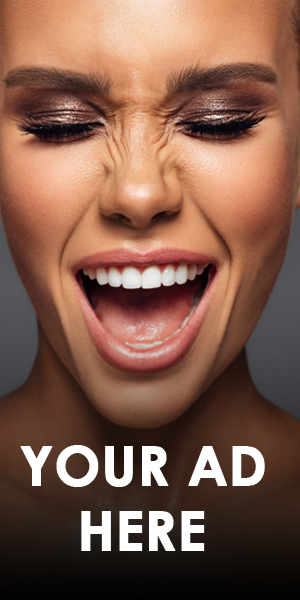Beauty
How to Grow Your Nails: Easy Tips & Tricks for Strong, Long Nails
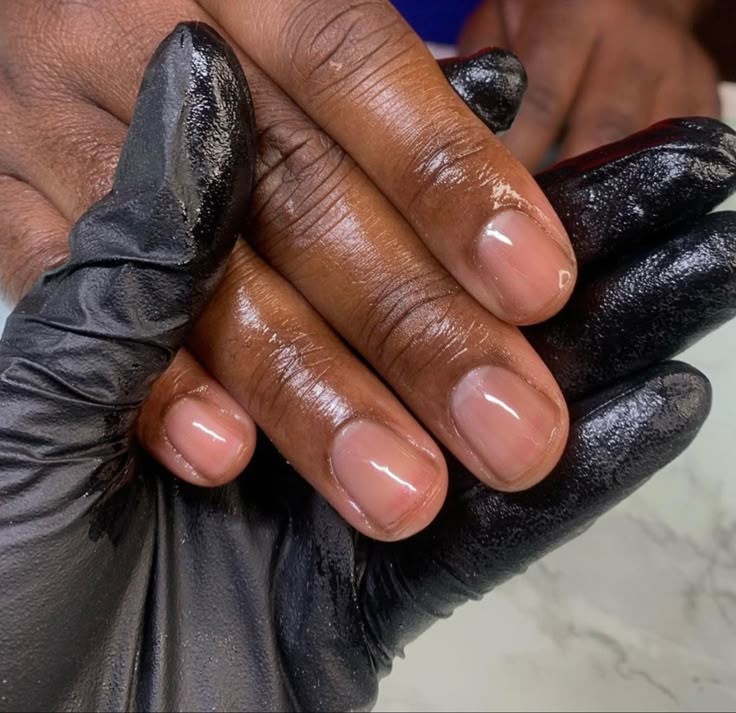
We’ve all been there. When you grow out your nails, only for one to snap, right before a big event. It’s worse than a bad hair day.
But don’t worry, long, strong nails aren’t magic. They just need consistency, patience, and the right care.
Whether your nails are brittle, peeling, or refusing to grow, these simple tips will help
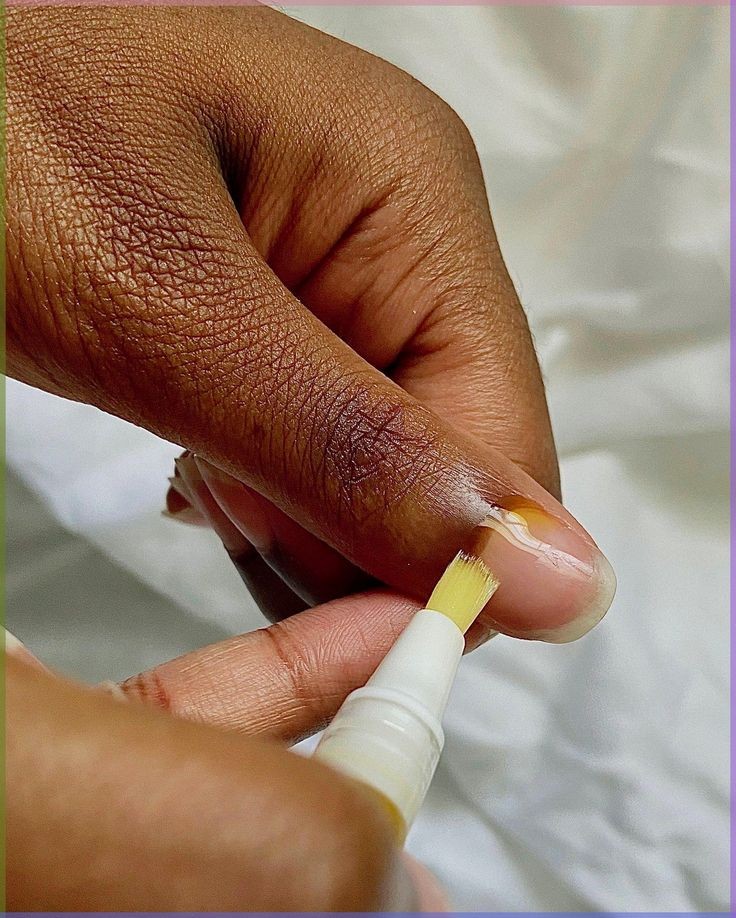
Applying Cuticle oil
Stop Using Your Nails as Tools.
Prying open soda cans, scratching off price tags, typing aggressively we see you, keyboard warriors but please take it easy on those nails.
You can strive to keep a mini multitool (or even a spoon!) nearby to save your nails from unnecessary stress.
And it doesn’t take much to keep them moisturized. Yes, really! Dry nails equal weak nails.
Your holy grail products are the simplest nail care items you can think of:
Cuticle oil, you can apply this daily if you have the time, but of course you should find time if you want healthy nails.
Hand cream, just make sure to slather it on after washing your hands, there should be no trace of dryness.
Another pro tip you should buy into is rubbing oil on your nails before bed, it’s like a deep-conditioning treatment while you sleep.

Healthy nails
File Them the Right Way.
Shape matters a lot when filing your nails,
always file in one direction, no sawing back and forth it causes splits.
You can also try to opt for rounded or square shapes, pointy tips will always break faster than you imagine.
Trust me, using a glass or fine-grit file or cheap emery boards can rough up your nails.
The food you eat also has something to do with how well your nail grows, eat nail-friendly foods,
Biotin-rich: Eggs, almonds, sweet potatoes. Protein-packed: Beans, fish, lean meat. Hydration heroes: Water, cucumbers, watermelon.
If your nails are super weak, you can consider a biotin supplement, but please check with your doctor first!
Skip the use of harsh polish removers like Acetone, it dries out nails. You can Look for Acetone-free removers or you can try the soaking methods of warm water + olive oil. Also learn to give your nails a “break week” between polishes to let them breathe.
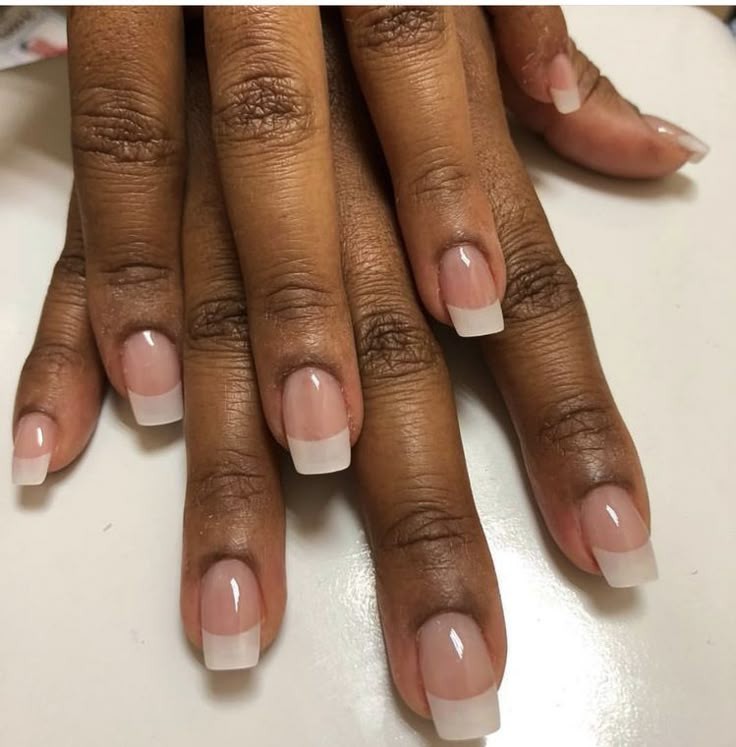
Perfect nails
Stop Biting Your Nails!
Biting your nails doesn’t directly stop their growth, but it can damage the nail bed and surrounding skin, which may indirectly affect nail health and appearance, so if that is a regular habit, you need to drop it.
Know that you can also fake it till you make,
if your nails still won’t cooperate after all that hardwork, just know it takes time so you can always try press-ons, modern ones look super natural.
Use a strengthening base coat like OPI Nail Envy. Confession time: Even some celebrities use tricks like these, so no shame at all!
Final Tip: Be Patient!
Nails grow 3mm/month, so don’t expect miracles overnight. Stick with these habits, and you’ll see progress! Now over to you, what is your biggest nail struggle? Peeling? Breaking? Share in the comments below and let’s troubleshoot together!
Beauty
Diana Eneje Debuts Bold Blonde Hair

Diana Eneje went for a blonde hairstyle, and if you’ve been an ardent follower, you can see that this transformation stands apart from her typical styles. She captioned it with a short note. “It’s hard to have a bad day when you look good,” the confidence in the message is clear.

Diana Eneje: Instagram
If there’s one person that knows how to experiment with different hairstyles, then it has to be her. In past years, she has been known for changing her appearances with hairstyles like Koroba braids, knotless braids, high ponytails, and including a pixie cut.
She has moved from classic to trendy styles, but this blonde? It is with ease and more pronounced than anything she’s ever done.

Diana Eneje: Instagram
Usually, she goes for warm hues like brown, black, wine, but this blonde completely breaks her out of that pattern. It’s bright and grabs attention instantly The most attractive thing about it is there are no touch-ups. She showed up fully blonde.
The curls framed her face, and the colour complements her skin very well. She wears it as if she’s been anticipating this transformation for a while now.

Diana Eneje: Instagram
Although Diana Eneje might have experimented with numerous hair styles, this particular one seems to be one boldest choices yet. It also shows that she’s ready to take risks and whatever comes with it.
Read more: Rema seen at the Franca Fund Gala wearing a white tailored suit
Beauty
Must Adapt Beauty Routine for Woman Above 25

Entering your mid to late twenties comes with subtle changes in the skin. While your earlier years were about experimenting with products and trends, life after 25 calls for a more deliberate approach to skincare. The goal now is maintaining healthy, glowing skin, preventing early signs of aging, and addressing emerging concerns.
Gentle Cleansing Is Key
Around this age, skin may start producing slightly less oil, which can make it drier and more sensitive. Using a gentle cleanser in the morning and evening helps remove dirt and makeup without stripping natural moisture. If you wear makeup or sunscreen, consider double cleansing at night: start with an oil-based remover, then follow with a water-based cleanser to ensure thorough cleaning.
Moisturize With Purpose
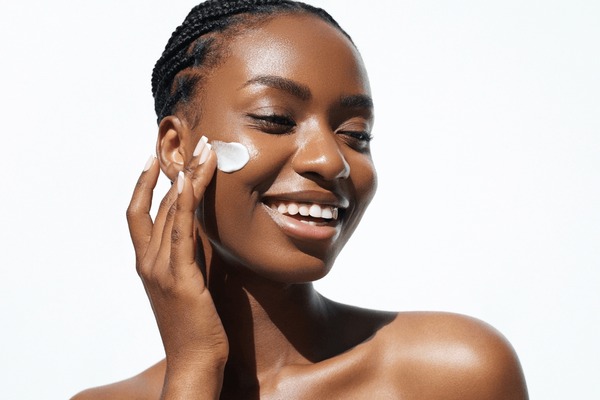
Hydration becomes increasingly important. Select a moisturizer suited to your skin type, ideally with ingredients like hyaluronic acid, glycerin, or ceramides. These help lock in moisture and support skin elasticity. Night creams or sleeping masks can assist skin regeneration while you rest.
Sun Protection Every Day
UV exposure is one of the leading causes of wrinkles, dark spots, and uneven skin tone. Apply a broad-spectrum SPF 30 or higher every day, even when indoors near windows or on cloudy days. Reapply every two to three hours if you are outdoors for extended periods.
Targeted Treatments

Signs of aging such as fine lines, dark spots, or uneven texture can begin to appear. Serums containing antioxidants like vitamin C, peptides, or retinol can help improve skin tone, boost collagen, and repair damage. Start retinol gradually, using it once or twice a week and increasing frequency as your skin adapts to prevent irritation.
Care for Eyes and Lips
The skin around the eyes and lips is thinner and more delicate. A nourishing eye cream can reduce puffiness, dark circles, and early fine lines. Lip balms with SPF or hydrating ingredients keep lips soft and prevent dryness.
Lifestyle Supports Skin Health

Skin care isn’t just topical. A balanced diet rich in fruits, vegetables, and healthy fats supports your skin from the inside. Drink plenty of water, exercise regularly to improve circulation, and ensure adequate sleep for overnight skin repair. Minimizing smoking and excessive alcohol consumption also preserves youthful skin.
Keep It Consistent
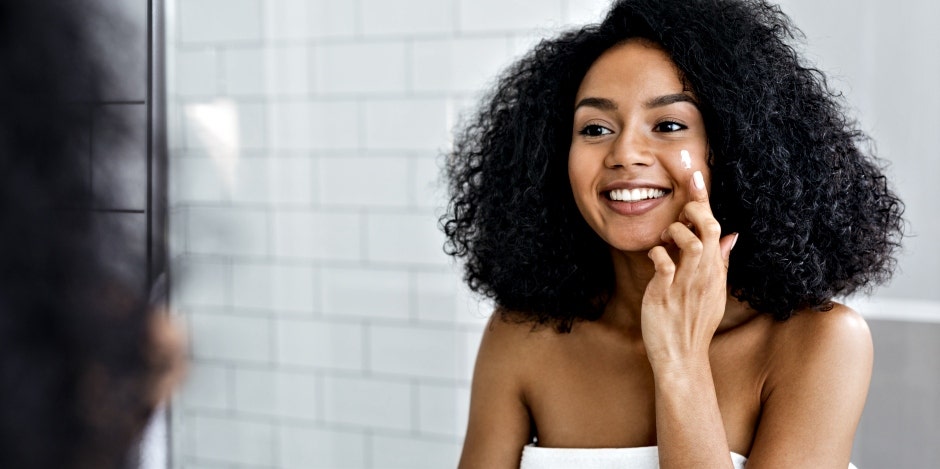
After 25, the most effective routine is one you can maintain daily. Focus on cleansing, treatment, hydration, and sun protection rather than layering multiple products. Consistency is more important than complexity, and over time, a simple routine can produce visible, long-term results.
Final Thought
This stage of life is about understanding your skin’s evolving needs and embracing routines that enhance natural beauty. Thoughtful skincare, combined with a healthy lifestyle, allows women over 25 to maintain radiant, resilient skin while preventing future damage. Beauty now is intentional, not reactive, and the results are lasting.
Beauty
How To Perfect Lip Contouring For The Best Combo
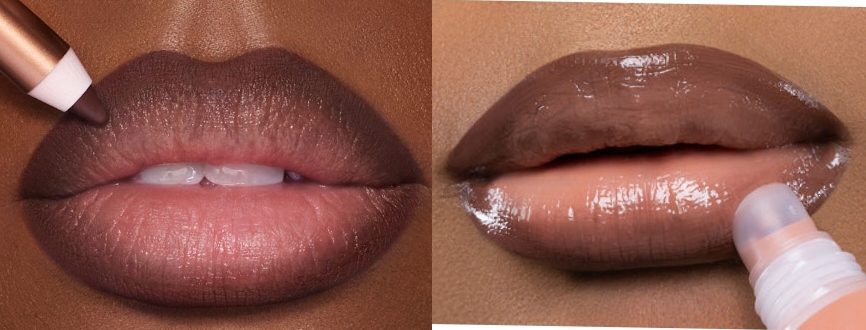
Make-up has advanced quickly in recent years, and one rising trend is lip contouring. It is a key technique for creating a defined, fuller-looking pout.
Perfecting lip contouring can be challenging, especially when matching the contour to the appropriate lip colour.
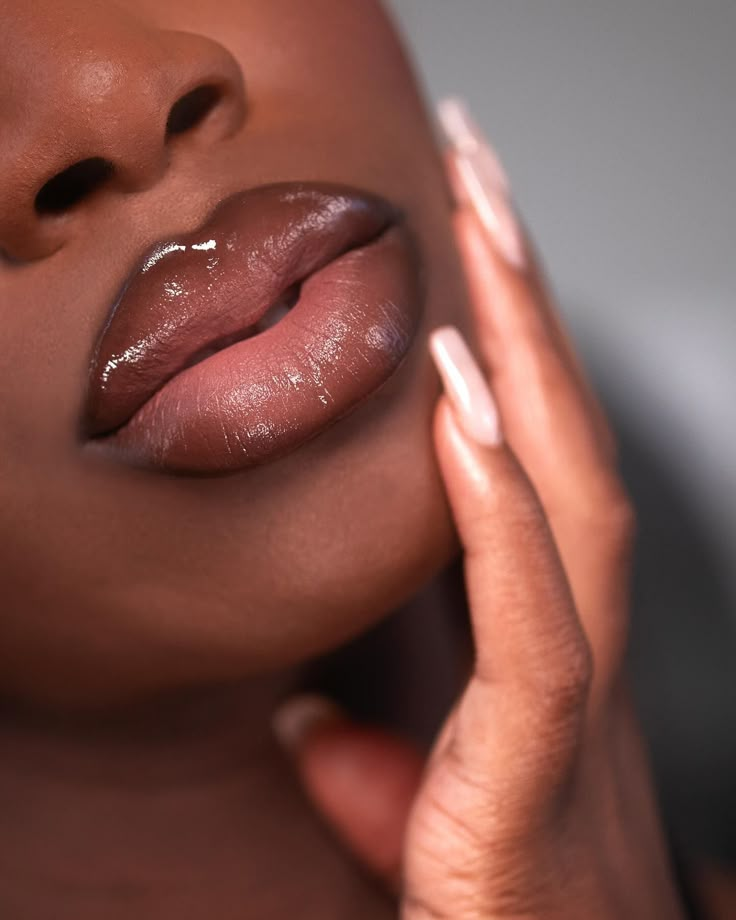
A finely contoured lip
A simple lip shade can look striking when properly shaped. It is just a matter of getting that fuller, plumper lip look – and that is not as impossible as you may think. You can have your lip contour sorted in no time with some helpful tricks and the correct products.
Essential Items For Lip Contouring:
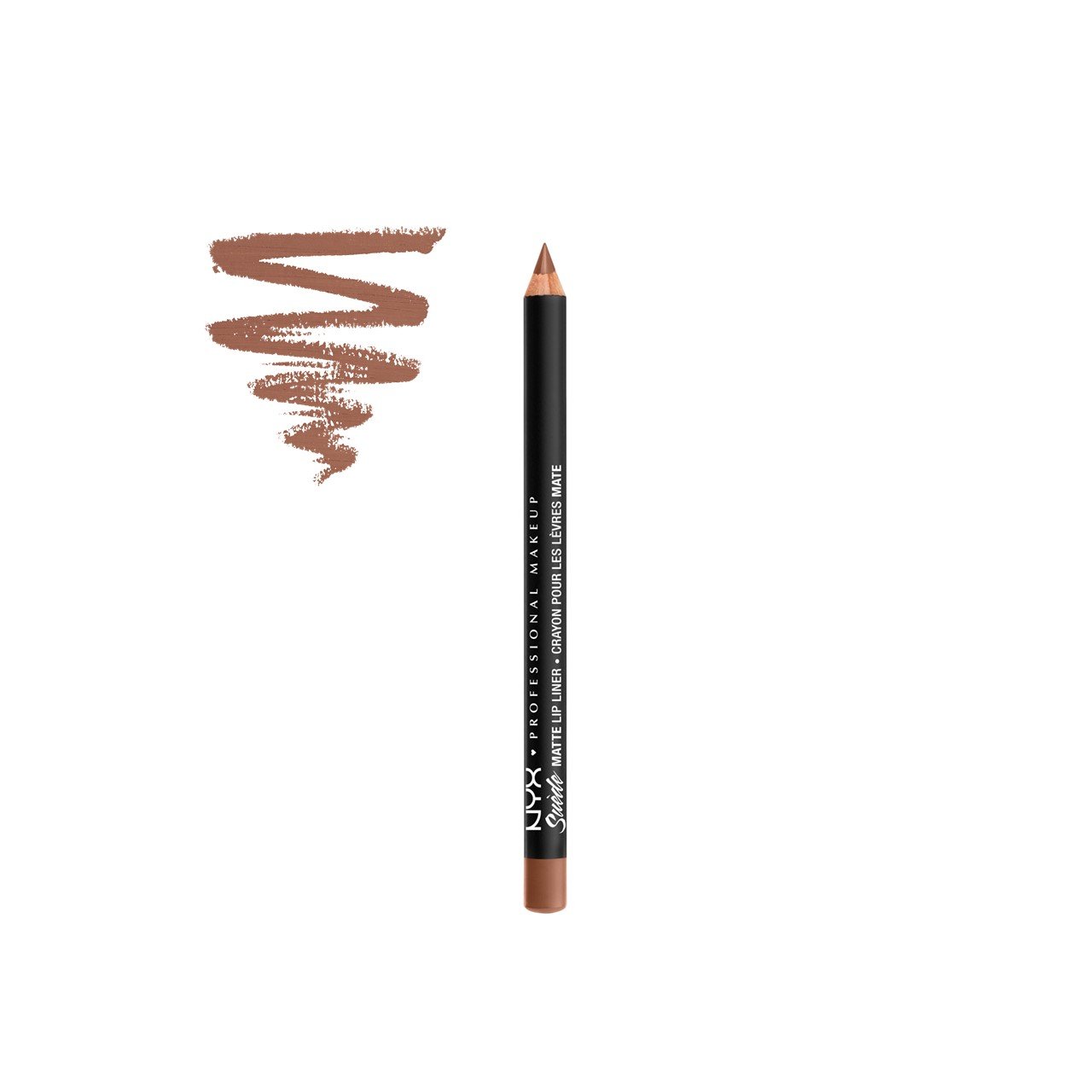
Lip liner
Lip Liner: A good lip liner defines the shape, choose a shade slightly darker than your natural lip colour.
Lip Gloss: Choose one that flatters your skin tone and complements your style.
Concealer: To have a smooth contour, one can use a concealer slightly lighter than your foundation.
Highlighter: A little bit of highlighter add dimension and depth to your contoured lips.
How to Prep Your Lips:
Exfoliate: Gently rub your lips with a lid scrub to remove dead skin and soften the surface.
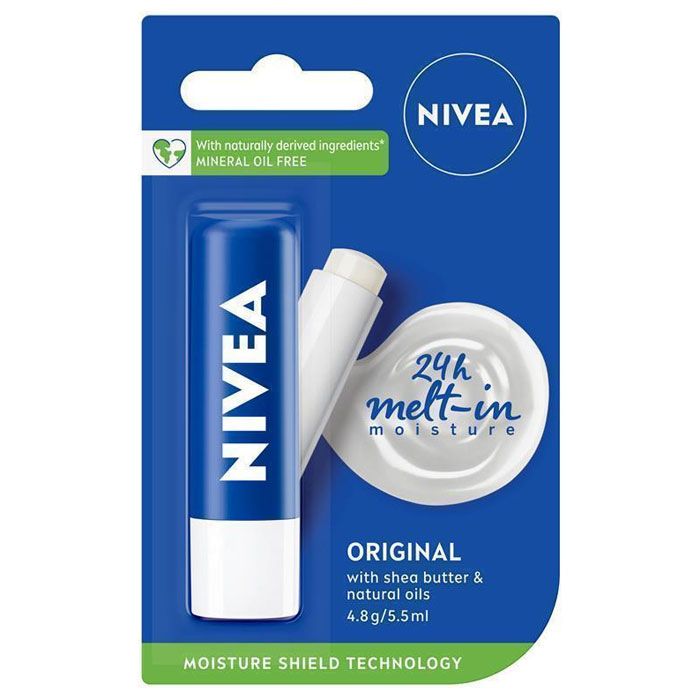
Nivea lip moisturizing balm
Moisturize: Apply a nourishing lip balm to keep lips hydrated and prevent dryness.
Prime: create a long-lasting base by applying a small amount of primer or concealer around the lip area so liner and lipstick stay better.
Know Your Lip Shape:
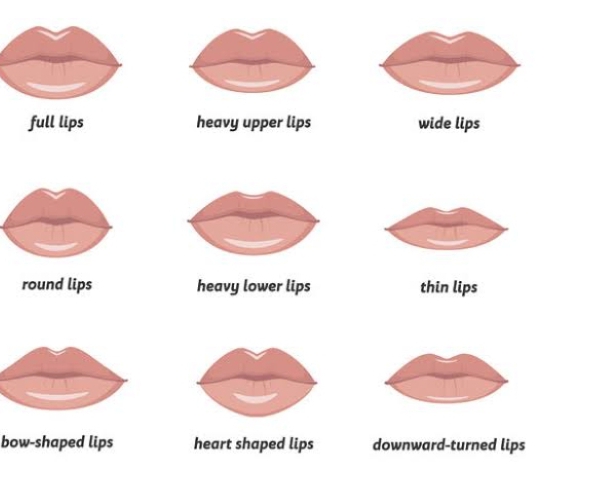
Different types of lip shape
Understanding the contouring process starts with recognizing your lip shape. Examine your lips and identify the following features:
Cupid’s bow: The crest of the upper lip.
Lip Line: The natural outline of the lips important for defining shape with liner.
Lip Shape: examples include oval, round, heart-shaped or full.
Knowing your lip shape helps you create proportions that flatter your features
How to Contour Your Lips in five Steps:
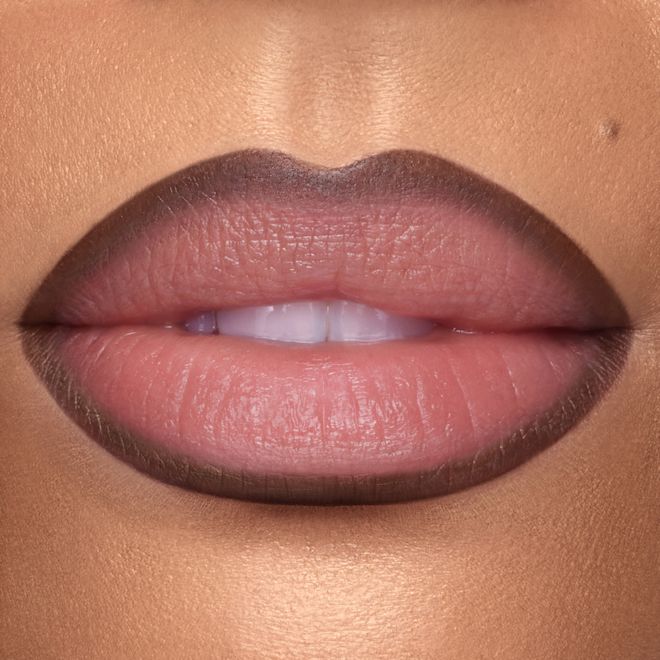
Lined lip combo
Follow these five simple steps to contour your lips.
Step 1: Line Your Lips
Use a lip liner which is a shade darker than your natural lip color.
Lightly trace along your natural Cupid’s bow and lip line.
You can apply the liner to fill in your lips; no need to worry about being too precise, other steps will take care of it.
Step 2: Apply Concealer
Apply a concealer that is a shade lighter than your foundation and dot it over the outer edges of your lips.
Blend it well! It must blend well with your skin complexion.
It will produce a delicate divide between your lips and the rest of your skin.
Step 3: Add depth with shadow
Using a lip liner, or a darker shade of lip color, gently create a shadow effect at the outer ends of your lips.
Start at the Cupid’s bow and blend downward to form a smooth gradient. This adds depth and dimension to the lips.
Step 4: Highlight and Define
Using a small amount of liquid or cream highlighter and dab the centre of the lower and upper lips.
Blend gently outward so the highlight looks natural this defines the lips and adds subtle radiance.
Step 5: Finish with a Gloss
Finally apply your favorite lip gloss to finish the look.
Choose a shade that complements your skin tone and overall style.
Lip contouring is a transformative technique for enhancing your facial features. If you prefer a minimalist look, lip contouring is perfect for avoiding full-blown makeup while still enhancing your features. It’s an easy-to-wear technique that can subtly transform your look.
-

 Celebrity News5 months ago
Celebrity News5 months agoToke Makinwa Shares Graceful Pregnancy Reveal
-

 Sex & Relashionships4 months ago
Sex & Relashionships4 months agoSigns You Have Abandonment Issue and How to Heal
-

 Models5 months ago
Models5 months agoDorothy Anador Celebrates Her Best Self in Birthday Photoshoot
-

 Music5 months ago
Music5 months agoKokopee Drops EP ‘All I Need It’s Kokopee
-

 Celebrity News5 months ago
Celebrity News5 months agoAsake Shows off New Hair on Stage
-

 Movies4 months ago
Movies4 months agoMovie Review: Task Official Trailer
-

 Top Xclusiv4 months ago
Top Xclusiv4 months agoItalian Designer Giorgio Armani Dies at 91
-

 Music4 months ago
Music4 months agoAyra Starr – Hot Body Video Review
-

 Celebrity Style4 months ago
Celebrity Style4 months agoEniola Badmus Creates a Deck-of-Cards Visual in Photoshoot
-

 Fashion5 months ago
Fashion5 months agoFive Mini Outfits From Esther Morgan That Are Screenshot Worthy



